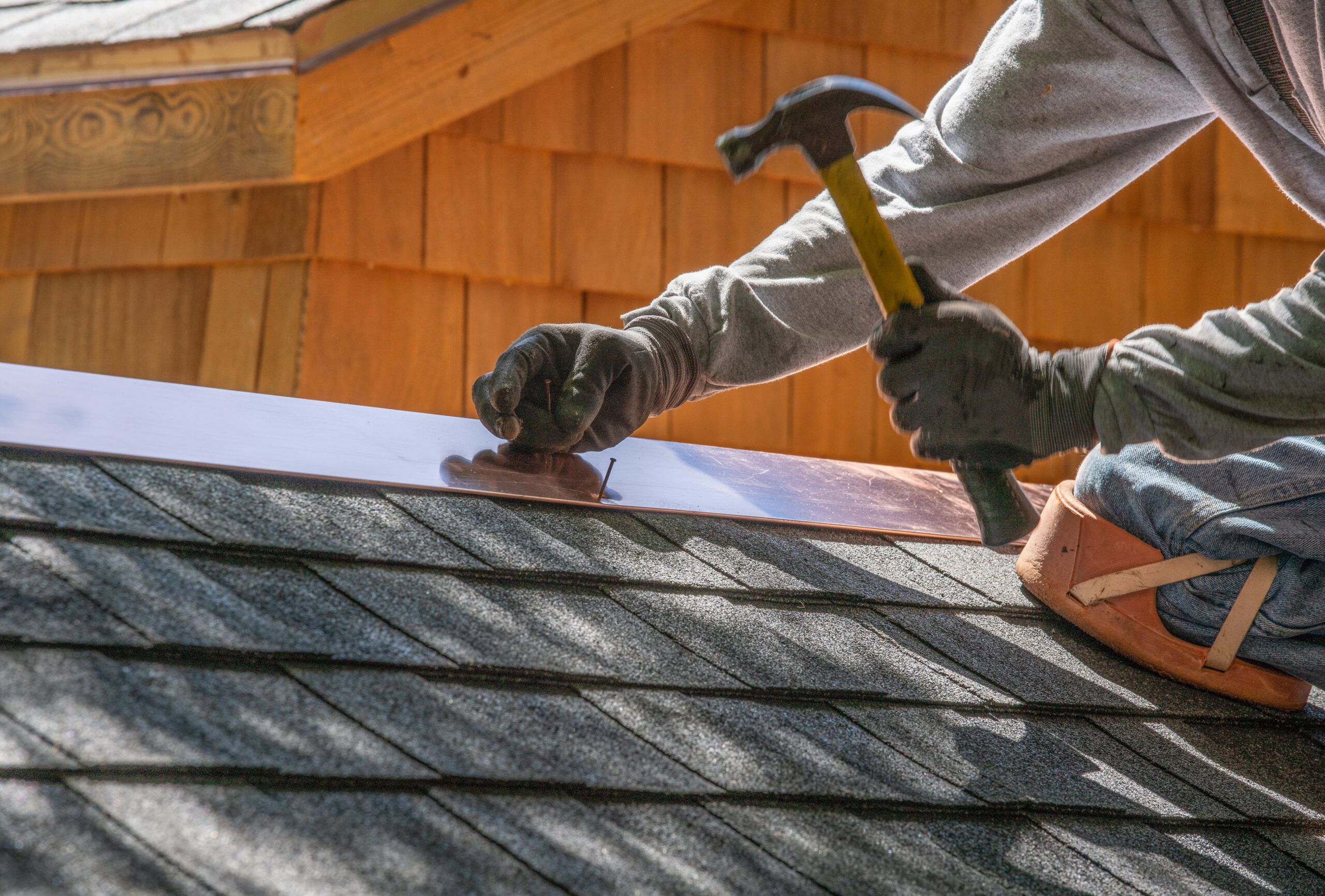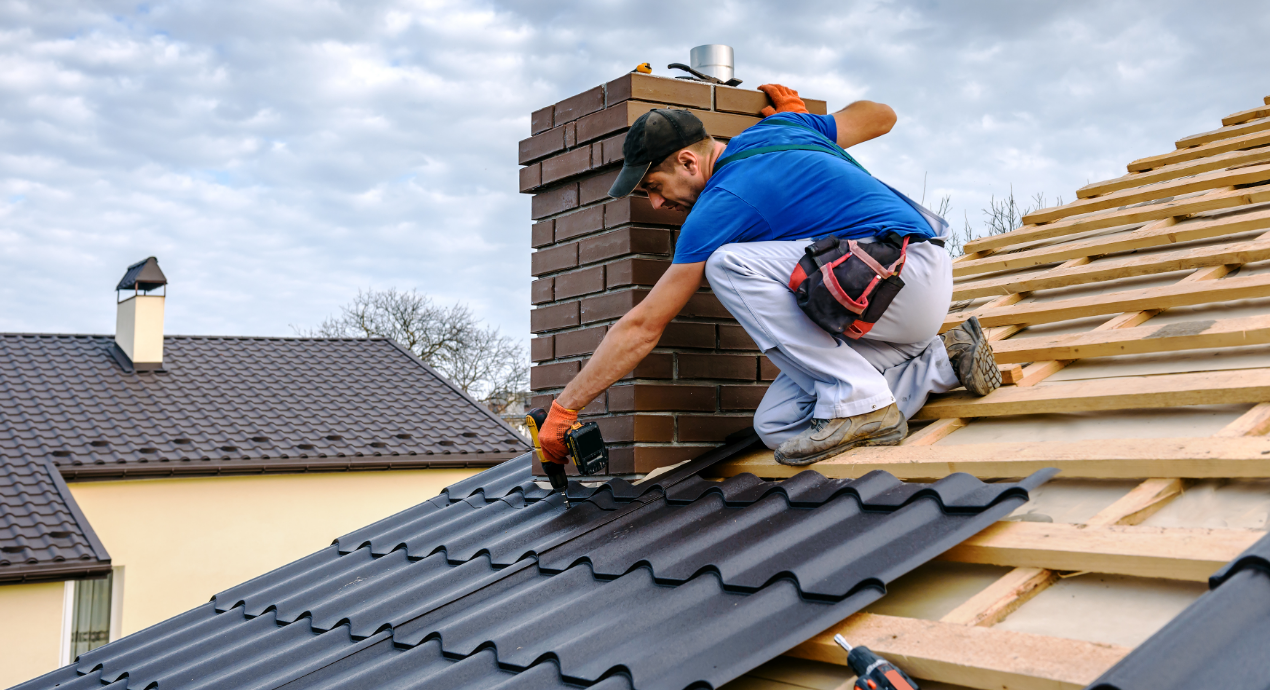Oahu Roofing: Reputable Roofing Solutions for Residences and Businesses
Wiki Article
Comprehending the Various Sorts Of Roofings: A Comprehensive Overview for Homeowners
In the world of homeownership, choosing the suitable roofing style is a decision that lugs substantial ramifications for both functionality and aesthetic allure. With a selection of options-- varying from the traditional gable to the contemporary level-- each type presents unique advantages and challenges that should straighten with the homeowner's environmental factors to consider and particular demands. Comprehending these differences not just help in making an informed selection yet additionally influences long-term maintenance and energy effectiveness. As we explore the ins and outs of different roof covering kinds, it becomes apparent that dimension does not fit all; the best selection might shock you.Gable Roofs
Saddleback roofs, characterized by their triangular form, are amongst the most popular roof styles due to their simpleness and performance in dropping water and snow. This style features 2 sloping sides that satisfy at a ridge, permitting effective drain and decreasing the threat of water buildup. The steep pitch commonly related to saddleback roofs boosts their capacity to handle hefty rainfall, making them suitable for various environments.Along with their functional advantages, gable roofings use aesthetic versatility. They can be adapted to different architectural styles, from conventional to modern homes. The layout can additionally accommodate extra attributes such as dormer home windows, which enhance all-natural light and ventilation in the attic space.
In addition, gable roof coverings provide enough room for insulation, adding to energy performance. Property owners can select from a range of roofing materials, consisting of asphalt shingles, steel, and floor tiles, additionally enhancing modification alternatives.
Regardless of their advantages, saddleback roofs might need additional assistance in areas susceptible to high winds or hefty snowfall. In general, the gable roof covering remains a popular choice because of its mix of capability, resilience, and aesthetic allure.
Flat Roofs
Flat roofing systems are commonly recognized for their minimalist style and useful applications, specifically in industrial and industrial setups (oahu roofing). These roofing systems include a straight or nearly straight surface area, which permits simple building and construction and flexible space utilization. While they may lack the aesthetic charm of angled roofs, flat roofs supply countless benefits, particularly in metropolitan settings where optimizing area is vitalOne of the primary advantages of flat roofs is their access. House owners can make use of the roof area for various objectives, such as roof yards, balconies, or solar panel setups. Additionally, level roofing systems are normally much more economical to keep and set up compared to their sloped equivalents, as they require less products and labor.
Nonetheless, level roofings do present specific obstacles. Correct drainage is important to protect against water merging, which can cause leaks and architectural damage. For this reason, choosing top notch waterproofing products and routine assessments are crucial for making sure durability. Usual products used for level roofing systems include built-up roof (BUR), customized bitumen, and single-ply membrane layers, each offering distinctive benefits. On the whole, flat roofings serve as a adaptable and functional selection for many house owners and organizations alike.
Hip Roofs
Hip roofings are identified by their sloped sides that converge at the top, developing a ridge. This style stands out from saddleback roofs, as all 4 sides of a hip roof covering slope downwards toward the walls, giving an extra steady structure. The angle of the slopes can vary, enabling for adaptability in architectural aesthetics and performance.One of the primary benefits of hip roof coverings is their capability to endure heavy winds and unfavorable climate condition. The sloped surfaces allow far better water drain, reducing the risk of leakages and water damages. In addition, hip roofing systems supply boosted attic room room, which can be used for storage space and even transformed right into habitable locations.
Nonetheless, building a hip roof can be much more complicated and costly than less complex roofing system types, such as saddleback roofs. The additional product and labor entailed in producing the inclines and making certain proper structural integrity can cause higher expenditures. In spite of these downsides, several homeowners Recommended Reading prefer hip roofing systems for their resilience, visual appeal, and possibility for power performance.
Mansard Roofing Systems
Mansard roofing systems, commonly identified by their unique four-sided style, feature two inclines on each side, with the lower incline being steeper than the upper. This architectural design, stemming from France in the 17th century, is not just cosmetically attractive yet functional, as it optimizes the usable space in the top floorings of a building. The high reduced slope permits even more headroom, making it a perfect selection for attics or loft spaces, which can be exchanged living areas.Mansard roofing systems are defined by their adaptability, fitting various architectural designs, from standard to contemporary. They can be constructed with various materials, including asphalt shingles, slate, or steel, providing homeowners with a variety of options to suit their budget plans and preferences. Furthermore, the layout enables the assimilation of dormer windows, boosting natural light and air flow in the top levels.
Nonetheless, it is important to think about the possible downsides. Mansard roofings might call for more maintenance as Your Domain Name a result of the complexity of their design, and their steep inclines can be challenging for snow and rain overflow. Overall, mansard roofings integrate style with functionality, making them a preferred selection amongst property owners looking for distinct building attributes.
Lost Roof Coverings
As home owners increasingly look for simpleness and performance in their building designs, dropped roofings have actually become a prominent option. Characterized by a solitary sloping plane, a shed roof covering presents a minimalist visual that matches numerous home designs, from contemporary to rustic.Among the main advantages of a shed roofing system is its straightforward building, which usually translates to decrease labor and product prices. This style permits effective water drain, decreasing the threat of leakages and water damages. Additionally, the vertical incline supplies enough space for skylights, improving all-natural light within the inside.
Shed roofing systems also supply convenience in terms of use. They can be efficiently integrated right into additions, garages, or outdoor structures like sheds and structures. Additionally, this roof covering style can fit numerous roofing materials, consisting of steel, asphalt shingles, or perhaps eco-friendly roofs, straightening with environment-friendly initiatives.
Nonetheless, it is necessary to think about local environment conditions, as heavy snow lots may necessitate changes to the roofing system's angle or structure. On the whole, dropped roof coverings offer a useful and cosmetically pleasing option for home owners wanting to take full advantage of functionality without compromising design.
Verdict


Gable roof coverings, defined by their triangular shape, are amongst the most preferred roof designs due to their simpleness and performance in dropping water and snow. oahu roofing. The steep pitch generally connected with gable roofs enhances their capacity to manage hefty precipitation, making them appropriate for different climates
While they might do not have the visual allure of pitched roofing systems, flat roofs supply many benefits, especially in urban settings where making the most of room is essential.

Report this wiki page